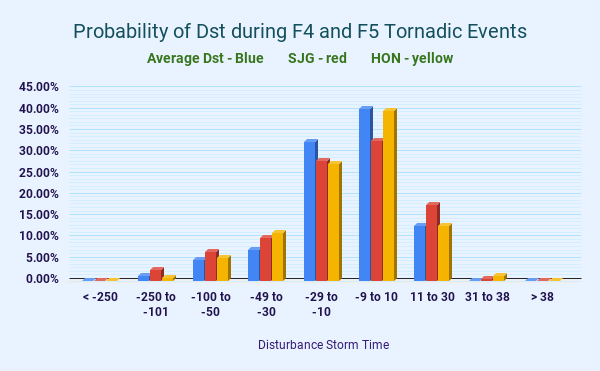

Degrees Centigrade and degrees Celsius are the same thing. What is the difference between Centigrade and Celsius? The problem with the Kelvin scale is that the zero end of the scale is too far from human experience to be useful – as anyone who set their room temperature to 20.5 Kelvin would attest, if they lived long enough. The only temperature system that works intuitively – where a doubling of value doubles the energy – is Kelvin, where absolute zero is 0, body temperature is 310.15K and boiling water is 373.15K. Because of this setup, it’s impossible to say that doubling the ☌ or ☏ value doubles the amount of heat energy, so it’s difficult to get an intuitive grasp of how much energy 1 degree Fahrenheit or Celsius actually is. On top of that, for every additional unit of heat energy the Celsius and Fahrenheit scales add a different additional value. + 32.00 Why is converting Celsius to Fahrenheit so difficult?īecause both Celsius and Fahrenheit scales are offset– ie neither are defined as starting at zero. This means that boiling and freezing point are 180 degrees apart. The Fahrenheit temperature range is based on setting the freezing point of water at 32 degrees, and boiling to 212 degrees. such as weather forecasting, scientific simulations and nuclear energy research. As one degree Celsius is equal to one Kelvin, boiling point of water is equal to 273.15 + 100 = 373.15 Kelvin. To perform the calculation, the hashed rod is slid to line up with the. Zero degrees Celsius is now defined as 273.15K. Since its definition, the Celsius scale has been redefined to peg it to Kelvin. The other point at which Celsius was set – 100 degrees Celsius – was defined as the boiling point of water. Zero degrees C was later redefined as the temperature at which ice melts. If you live where the climate is very stable, or you only ride during nice weather, then you wouldnt need this calculator. The Celsius temperature range was originally defined by setting zero as the temperature at which water froze. This should be reasonably accurate for weather temperatures. Sci.Celsius to Fahrenheit conversion is probably the most confusing conversion there is, but a simple ☌ to ☏ conversion is actually quite easy – just double the ☌ figure and add 30. Strong frame houses lifted off foundations and carried considerable distance to disintegrate automobile sized missiles fly through the air in excess of 100 meters(109 yds) trees debarked incredible phenomena will occur. (F5) Incredible tornado (261-318 mph) Incredible damage. Well-constructed houses leveled structures with weak foundations blown off some distance cars thrown and large missiles generated. (F4) Devastating tornado (207-260) Devastating damage. Roofs and some walls torn off well-constructed houses trains overturned most trees in forest uprooted heavy cars lifted off the ground and thrown. (F3) Severe tornado (158-206 mph) Severe damage. Roofs torn off frame houses mobile homes demolished boxcars pushed over large trees snapped or uprooted light-object missiles generated. (F2) Significant tornado (113-157 mph) Considerable damage. The lower limit is the beginning of hurricane wind speed peel surface off roofs mobile homes pushed off foundations or overturned moving autos pushed off the roads. (F1) Moderate tornado (73-112 mph) Moderate damage. Some damage to chimneys break branches off trees push over shallow-rooted trees damage sign boards. (F0) Gale tornado (40-72 mph) Light damage.


 0 kommentar(er)
0 kommentar(er)
